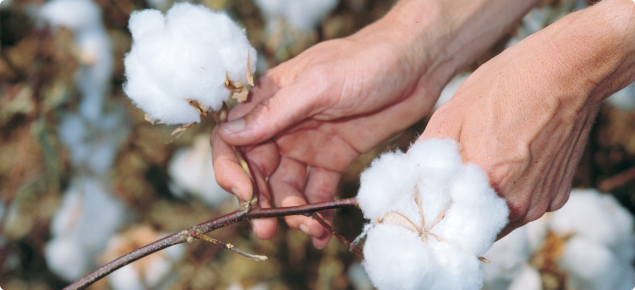Requirements of different production systems
Certified organic, biodynamic, non-GM and GM production systems all have specific requirements as outlined in Table 1. To assist in managing various systems that may be within close proximity, growers should discuss individual production system requirements with their neighbours. The proforma letter (see: Coexistence letter) can be used to help you initiate a discussion with your neighbours.
Risk management
In agricultural production systems animal, plant and soil material can move from one property to another via a number of mechanisms. Similarly, agricultural inputs such as fertilisers and pesticides can affect non-intended targets.
| Requirement | Certified Organisation (or biodynamic)* | Non-GM | GM |
|---|---|---|---|
| Accredited production system | Standards and certification requirements* |
|
|
| Notification requirements | |||
|
|
|
|
|
|
|
|
| Property and farm system requirements | Must comply with, and document compliance with licence conditions | ||
|
|
|
|
|
|
|
|
|
|
|
|
| Market threshold(s) in produce | |||
|
|
|
|
|
|
|
|
| Consequence of exceeding market threshold |
|
|
|
* Individual organic/biodynamic certifiers in Australia may have slightly different requirements
Risk assessment
While it is possible to have processes in place to minimise these events, it is not possible to eliminate them.
Growers need to assess the risks of these events and plan accordingly in order to minimise the possibility of impacting on neighbours.
Discuss your planned production activities with your neighbours. You may find it helpful to fill in the proforma letter 'Coexistence letter' and give it to your neighbour to start a discussion.
If you plan to take a particular course of action ask yourself what could go wrong? Does anything need to be done to manage the risks? If so, what are the options available and what are the possible financial consequences. Figure 1 shows some of the matters to consider during risk assessment.
Specific guidance for risk management
As everyone’s circumstances differ it is not possible to provide specific risk management guidance. Instead, you might consider factors which may influence the risk of material (for example, soil, plants, pesticides, disease inoculum and so on) transfering from your property to other properties and possible steps you might adopt to minimise these risks (Table 2).
Farmers have a duty of care to manage their crops to minimise impacts on others. Overall, you need to make an informed judgement on whether the risk of harm of your production activity to your neighbour’s production system is manageable.
If the risk of harm is not manageable you might re-consider your proposed production activity.
| Factors | Influence | Practices which may decrease risk of material transfer between properties |
|---|---|---|
| Proximity | Distance between location of your production system and the location of any sensitive sites | 'Best practice' such as buffer zones between GM and non-GM, organic and non-organic properties for example could be considered. |
| Mode of transfer | ||
| Consider prevailing winds (strenth and direction) |
|
| Consider possible modes of water borne transfer |
|
| Consider possible person, animal, vehicle based, soil borne, admixture (ie grain movement) transfer |
|
** Note that other influences may exist that suggest risk which have not been covered in this table


